Top 10 Myths About the Vikings
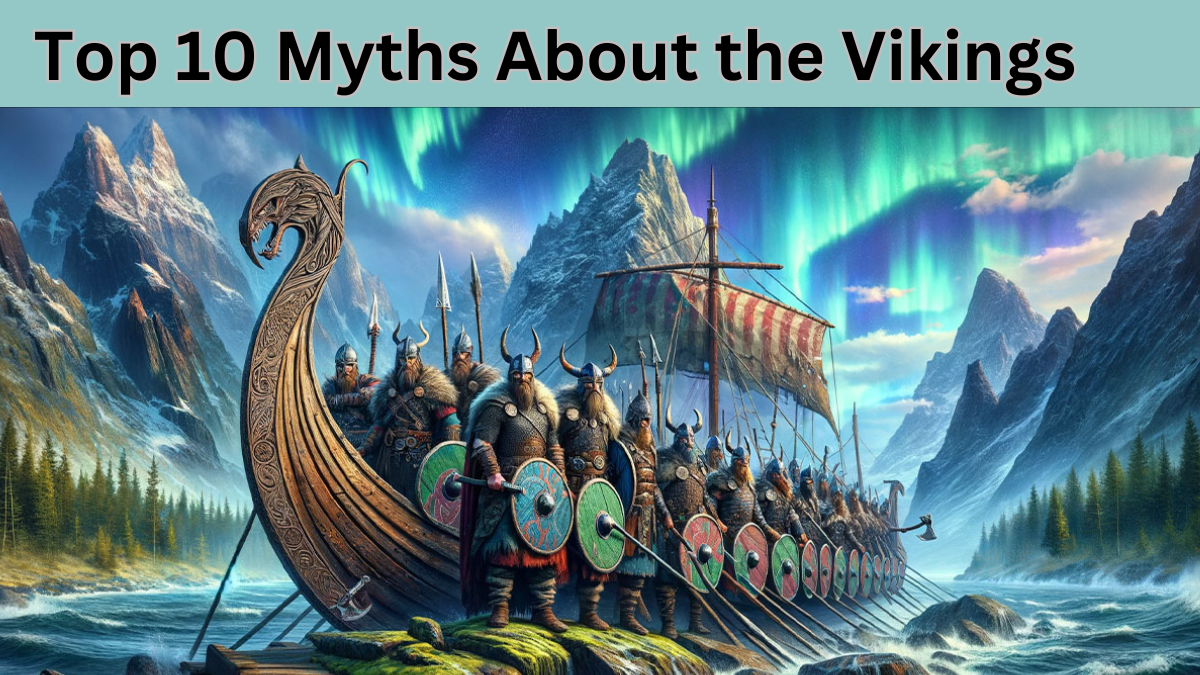
Uncover the truth behind common myths about the Vikings. From the misconception of horned helmets to the idea that all Vikings were bloodthirsty raiders, explore 10 fascinating myths debunked with historical facts. Learn about their lifestyle, cleanliness, weapons, and international influence.
1. Horned Helmets
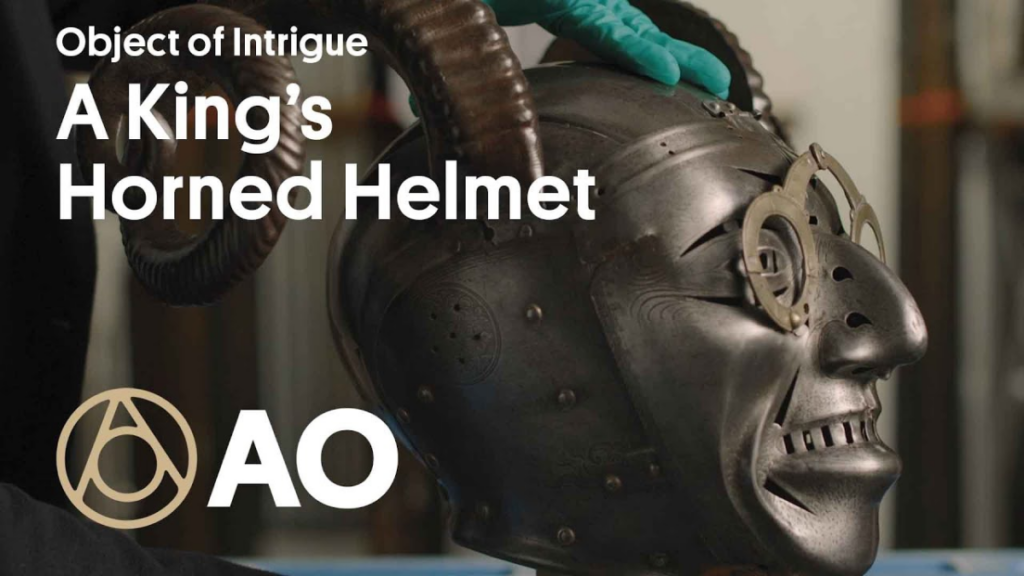
Misconception: Vikings wore helmets with horns.
This is one of the most persistent myths. Archaeological evidence shows that Vikings did not wear horned helmets. In fact, the only authentic Viking helmet ever found was hornless. The idea likely originated from medieval Christian depictions to make Vikings seem more barbaric, with horns likened to those of Satan. Additionally, the Norse god Thor was sometimes shown with a winged helmet, which may have contributed to the misconception
2. Rape and Pillage
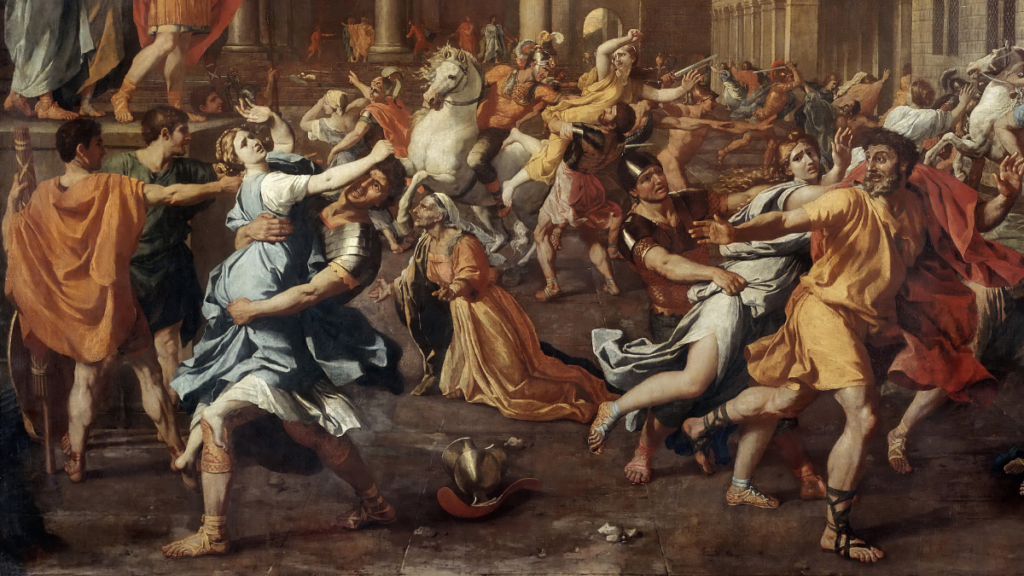
Misconception: Pillaging was the Vikings’ only way of life.
While Viking raids were violent, only a small percentage of Vikings were warriors. Most were farmers, traders, and craftsmen. They settled peacefully in places like Iceland and Greenland and engaged in trade across Europe, Russia, and the Middle East. Raiding was just one part of their expeditions, not the core of their society.
3. Bloodthirsty Barbarians
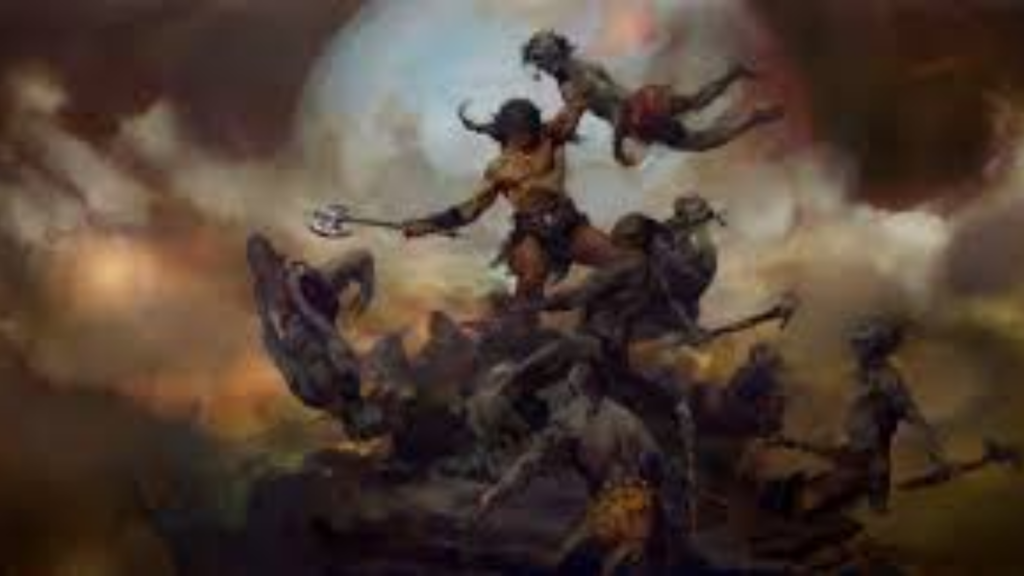
Misconception: Vikings were unusually violent.
Although Viking raids were brutal, they were not more violent than other armies of the time. Leaders like Charlemagne ordered mass executions, such as the beheading of 4,500 Saxons. Vikings were known to destroy Christian monasteries and religious sites, which contributed to their reputation as barbaric. However, this reputation also worked in their favor—many towns would surrender upon seeing Viking ships approac
4. Hated by Their Peers

Misconception: Vikings were hated everywhere they went.
While Vikings were feared, they were also respected. For instance, King Charles III of France gave land in Normandy to the Viking chief Rollo and married his daughter to him. In Constantinople, Swedish Vikings were so esteemed that they formed the elite Varangian Guard of the Byzantine emperor
5. Hometown

Misconception: Vikings lived only in Scandinavia.
Though the Vikings originated from Scandinavia, they traveled and settled far beyond their homeland. They established settlements across Europe, North Africa, Russia, and even North America. Some historians believe they expanded due to limited agricultural resources, while others argue that they sought new trade routes after the fall of the Roman Empire.
6. Crude Weapons
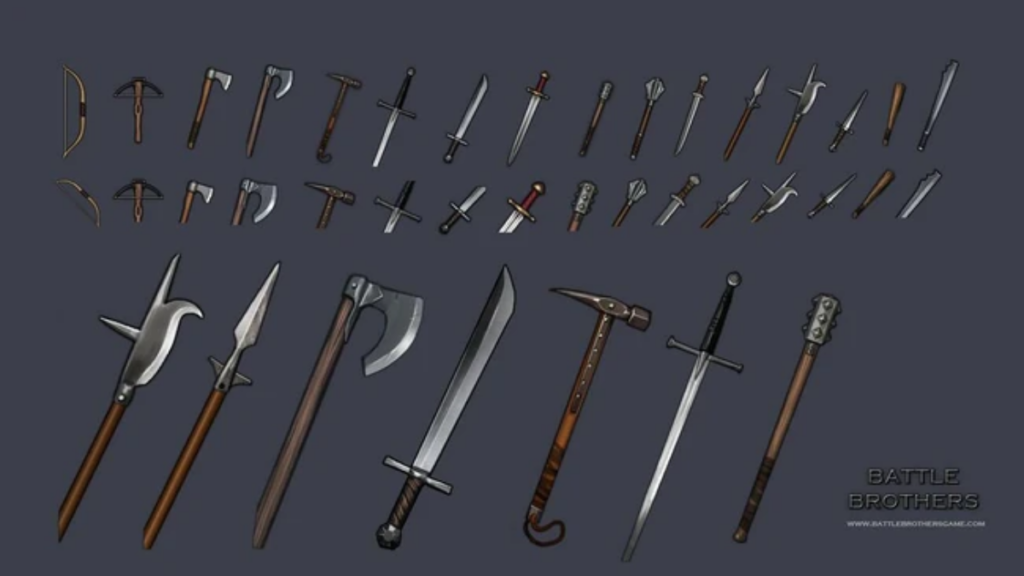
Misconception: Vikings only used crude, unsophisticated weapons.
Contrary to popular belief, the Vikings were highly skilled weapon smiths. They used pattern welding to create swords that were both sharp and flexible. According to Viking sagas, swords were tested by placing them in a stream—if a floating hair was sliced by the blade, the sword was considered excellent
7. Skull Cups
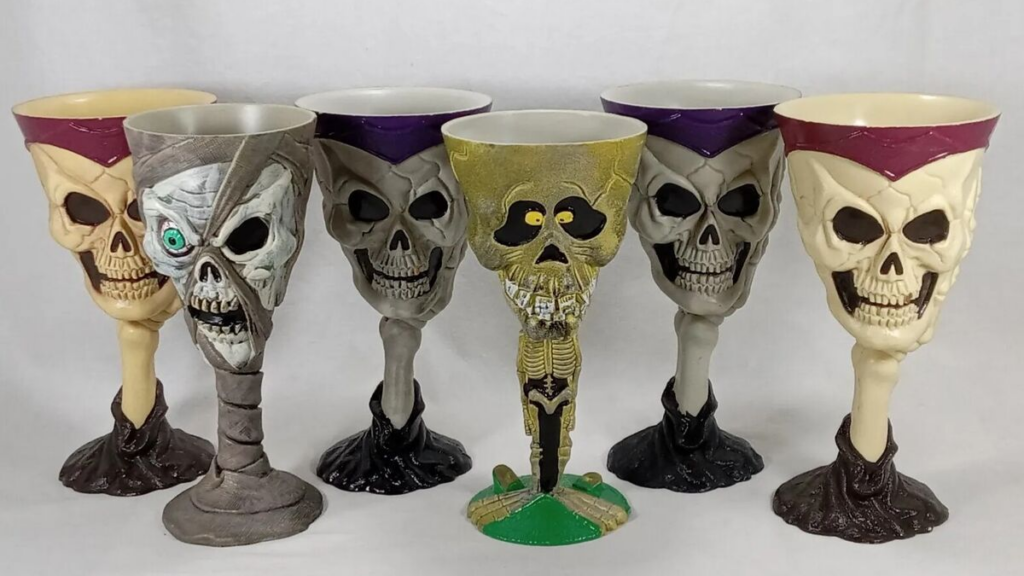
Misconception: Vikings drank from human skulls.
This myth likely arose from a mistranslation in a 17th-century text by Ole Worm, who referred to warriors drinking from “curved branches of skulls,” meaning horns. No archaeological evidence supports the existence of skull cups in the Viking Age
8. Big and Blond

Misconception: Vikings were all tall, blond giants.
While many Vikings had blond hair, they were not exceptionally tall. The average Viking man stood about 5’7” tall, typical for the era. Blond hair was idealized, and some men even bleached their hair. Additionally, Viking society was ethnically diverse, as they absorbed people from the Mediterranean and beyond through trade and enslavement
9. Wild, Dirty People

Misconception: Vikings were dirty, savage-looking individuals.
In reality, Vikings cared deeply about personal hygiene. Excavations have revealed combs, razors, tweezers, and ear-cleaning tools. Vikings also made soap and bathed regularly. In England, Vikings were known for their cleanliness, with some bathing every Saturday. This tradition is reflected in the Scandinavian word for Saturday, laugardagur or “washing day.
10. One Nation
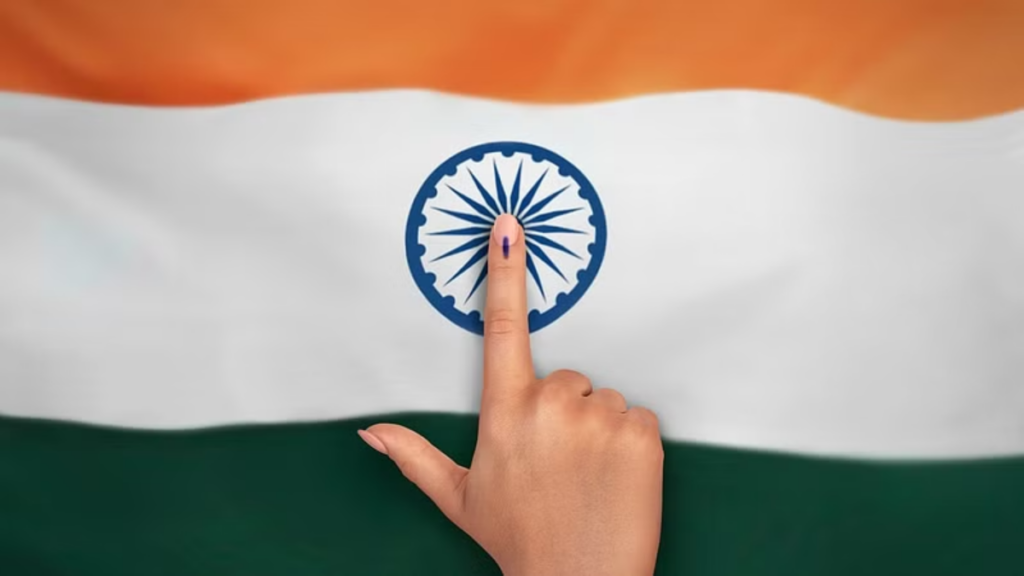
Misconception: The Vikings were a single nation.
The Vikings were not united under one nation. Instead, they consisted of various independent groups led by chieftains. During the Viking Age, Scandinavia was not divided into the modern countries of Denmark, Norway, and Sweden. Each chieftain ruled over a small region, and the term “Viking” referred to individuals engaging in maritime expeditions, not a specific nationality.


